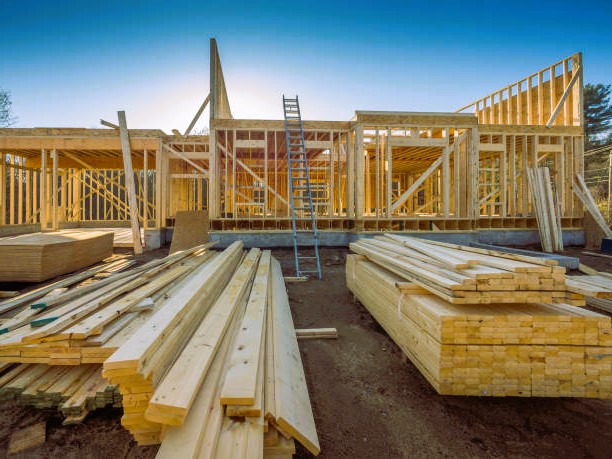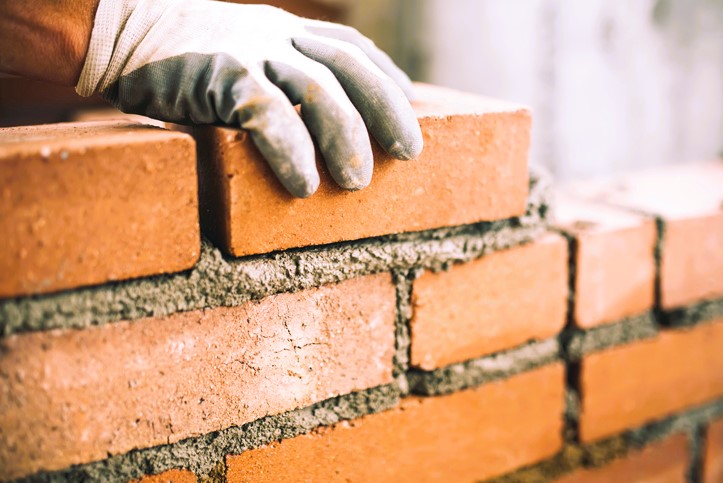Building codes play a crucial role in ensuring the safety, efficiency, and sustainability of construction projects. In Canada, construction is governed by a set of national and provincial building codes that outline the minimum requirements and standards for various aspects of building design and construction. Understanding these codes is essential for architects, engineers, contractors, and anyone involved in the construction industry. In this article, we will decode the Canadian building codes and shed light on their importance and key considerations.
The first thing to understand is that building codes in Canada are not uniform across the entire country. While there are national codes, such as the National Building Code of Canada (NBCC), each province and territory has the authority to adopt and modify these codes to suit their specific needs and local conditions. This means that building codes may vary slightly from one jurisdiction to another. It’s crucial to consult the specific codes and regulations of the province or territory where the construction project is taking place.

The Canadian building codes cover a wide range of areas related to construction, including structural design, fire protection, energy efficiency, plumbing, electrical systems, accessibility, and more. These codes are continuously updated and revised to incorporate new technologies, industry advancements, and lessons learned from past experiences. Staying up to date with the latest versions and amendments of the codes is essential to ensure compliance with the most current regulations.
One of the primary objectives of the Canadian building codes is to ensure the safety of buildings and occupants. Structural design requirements, such as load-bearing capacities, seismic resistance, and wind resistance, are defined in the codes to ensure that buildings can withstand various forces and hazards. Fire protection measures, including fire-rated assemblies, smoke control systems, and fire detection and suppression systems, are also prescribed in the codes to mitigate the risks of fire and enhance occupant safety.
Energy efficiency is another critical aspect addressed in the Canadian building codes. With the aim of reducing greenhouse gas emissions and promoting sustainable construction practices, the codes include provisions for energy-efficient building envelope design, insulation requirements, HVAC (heating, ventilation, and air conditioning) systems, and lighting efficiency. Compliance with these energy efficiency requirements not only helps reduce environmental impact but also contributes to long-term cost savings for building owners and occupants. What’s New in the Market: Innovations in PVC Window Technology
Plumbing and electrical systems are regulated by specific codes to ensure proper installation, functionality, and safety. The codes outline requirements for pipe sizing, drainage, water supply, electrical wiring, grounding, and electrical panel configurations, among other considerations. Compliance with these codes is crucial to prevent plumbing failures, electrical hazards, and other potential risks associated with these systems.
Accessibility is another important aspect addressed in the Canadian building codes. The codes provide guidelines and requirements for designing and constructing buildings that are accessible to individuals with disabilities. These guidelines cover features such as ramps, door widths, handrails, elevators, signage, and washroom facilities, aiming to create inclusive environments that cater to the needs of all individuals.

It’s worth noting that the Canadian building codes are not merely a set of guidelines but are legally enforceable regulations. Building inspectors and authorities have the responsibility to ensure compliance with the codes during various stages of construction, including plan reviews, inspections, and final approvals. Non-compliance with the codes can result in delays, fines, penalties, or even the need for costly retrofits or corrections.
In addition to the national and provincial codes, municipalities may have their own specific bylaws and zoning regulations that further dictate aspects such as building setbacks, height restrictions, land use, and aesthetic considerations. It’s important to consider these local regulations in conjunction with the broader building codes to ensure full compliance with all applicable requirements.
In conclusion, understanding the Canadian building codes is vital for anyone involved in the construction industry. These codes establish the minimum standards for building design, construction, and safety.
